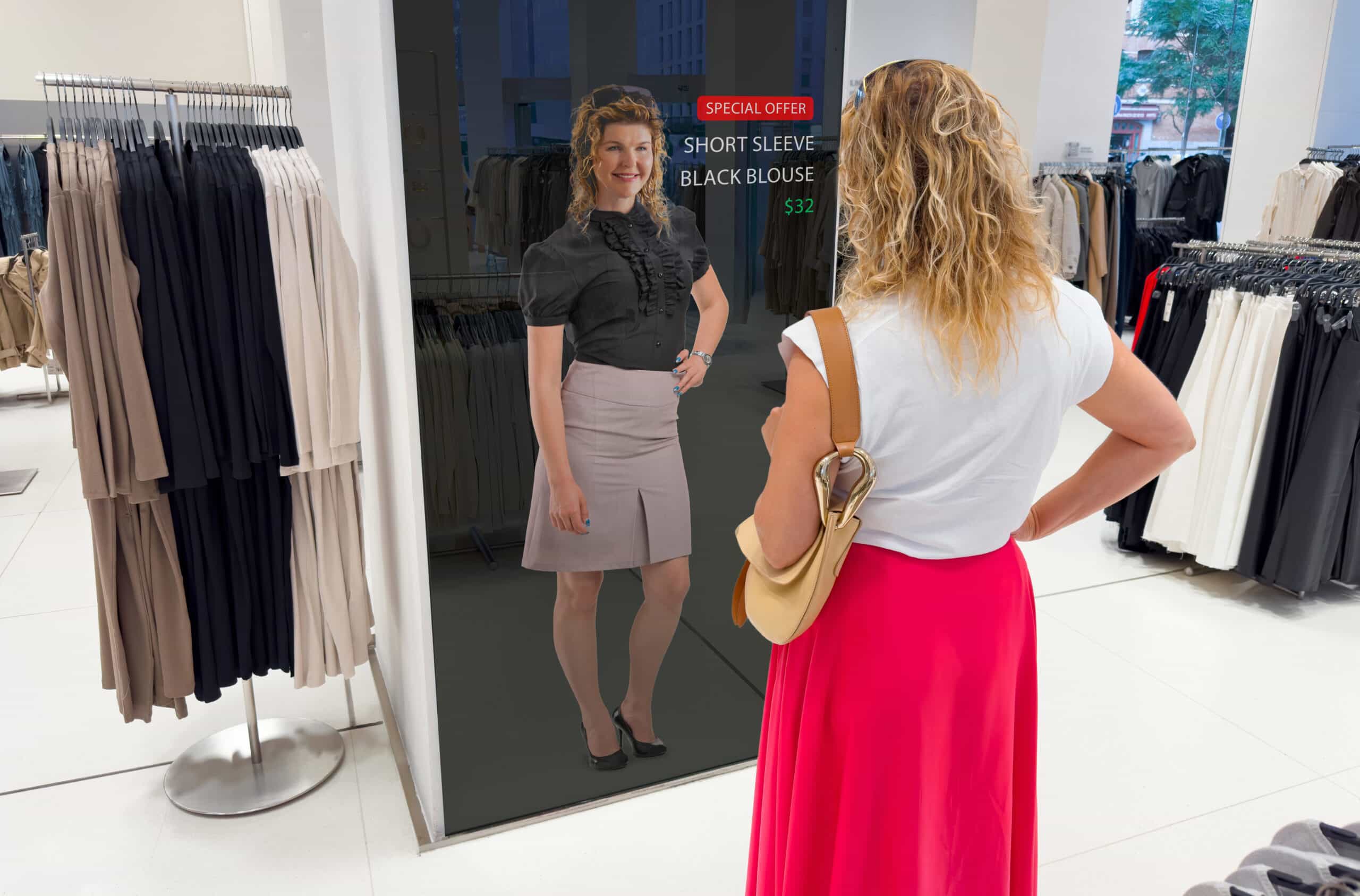In the post-COVID era, retail remodels and refreshes are all about providing a compelling reason to visit the stores while ensuring the store can efficiently serve physical customers and online ordering. There is now a heightened clarity on stores' role in the retail ecosystem that focuses on enhancing customer experience – whether with digital screens, opening or upgrading the changing rooms, and special merchandising features for hero categories. In addition, a new look at order fulfillment for online shopping and product assortment curation is driving changes in layout on the shelves and in the store overall (for example, pick up lockers at the front of store or more grocery order holding space).
The pandemic has hastened the retail format evolution that was already in motion. The service focus at drug stores and big box retailers is seeing the addition of health clinics, mall environments are shifting towards younger demographics and department stores are struggling to adapt to the omnichannel shopper. Still, retailers need the same or even quicker cadence for refresh cycles crucial (every 5-8 years) to maintain relevance and also need to understand and leverage advertising / media opportunities in-store.
So, what does this all mean at a practical level?
Here’s how I see the major retail trends, combined with tactical priorities like data-driven decision-making, strategic merchandising and innovative tools/technologies, reshaping store remodels.
1. Customer Experience: The Core Focus
Customer-centric designs remain the foundation of any successful retail remodel or refresh. The modern consumer expects more than just a transactional relationship—they seek personalized, convenient and immersive shopping experiences. Retailers are focusing on open layouts, intuitive wayfinding, and design elements that align with brand identity while maximizing comfort and engagement.
Tactical Priorities:
2. Hero Categories: Spotlighting High-Value Areas
Hero categories—those product lines that are most profitable or align strongly with brand identity or simply drive traffic direct to a store —are given special emphasis in store remodels. This often involves creating visually striking displays or dedicating larger sections of the store to hero categories to drive customer interest and, ultimately, sales.
Tactical Priorities:
3. Digital Integration: Bridging the Physical and Digital
The line between online and offline shopping continues to blur as retailers integrate more digital elements into their brick-and-mortar stores. From QR codes enabling product information lookup to interactive kiosks and seamless checkout solutions, the focus here is now on streamlining the shopping experience and offering omnichannel conveniences.
Tactical Priorities:
4. Operational Efficiency: Streamlining Store Operations
Operational efficiency is crucial for both cost-saving and enhancing the overall customer experience. From inventory management to staffing, retailers are adopting strategies that ensure stores run smoothly while meeting customer demands promptly.
Tactical Priorities:
As the retail environment becomes more competitive, retailers must adapt through intelligent remodels that prioritize the customer experience while balancing operational efficiency. By focusing on hero categories, incorporating cutting-edge digital solutions and relying on data-driven decision-making, retailers create stores that not only attract and retain customers but also enhance brand loyalty and drive profitability. The future of retail is rooted in a holistic approach where the physical and digital worlds converge, making the shopping experience as seamless and efficient as possible.
